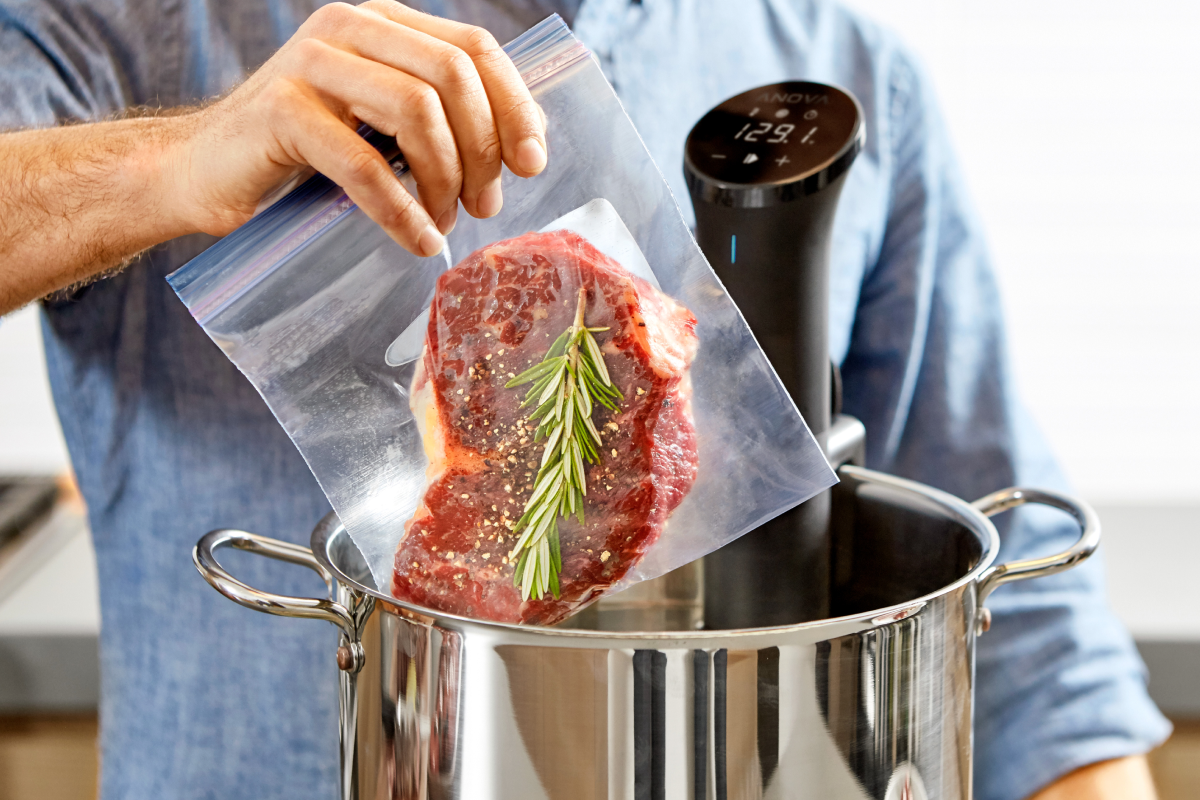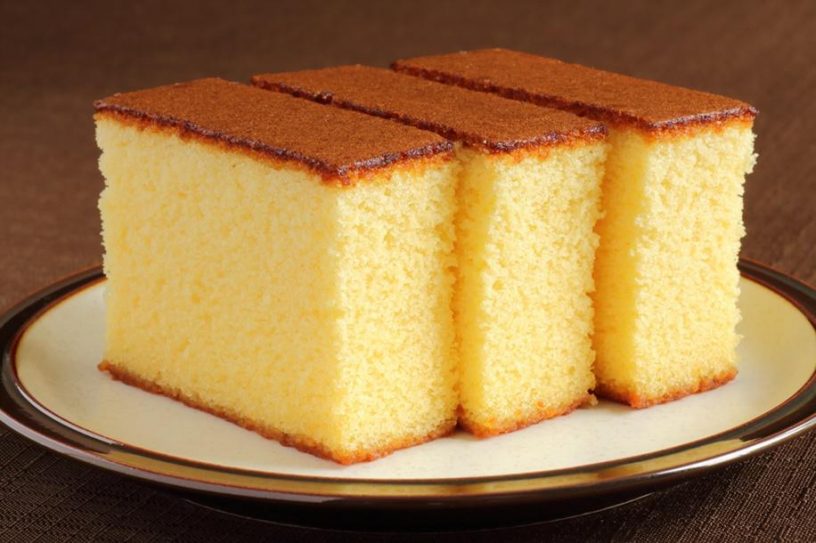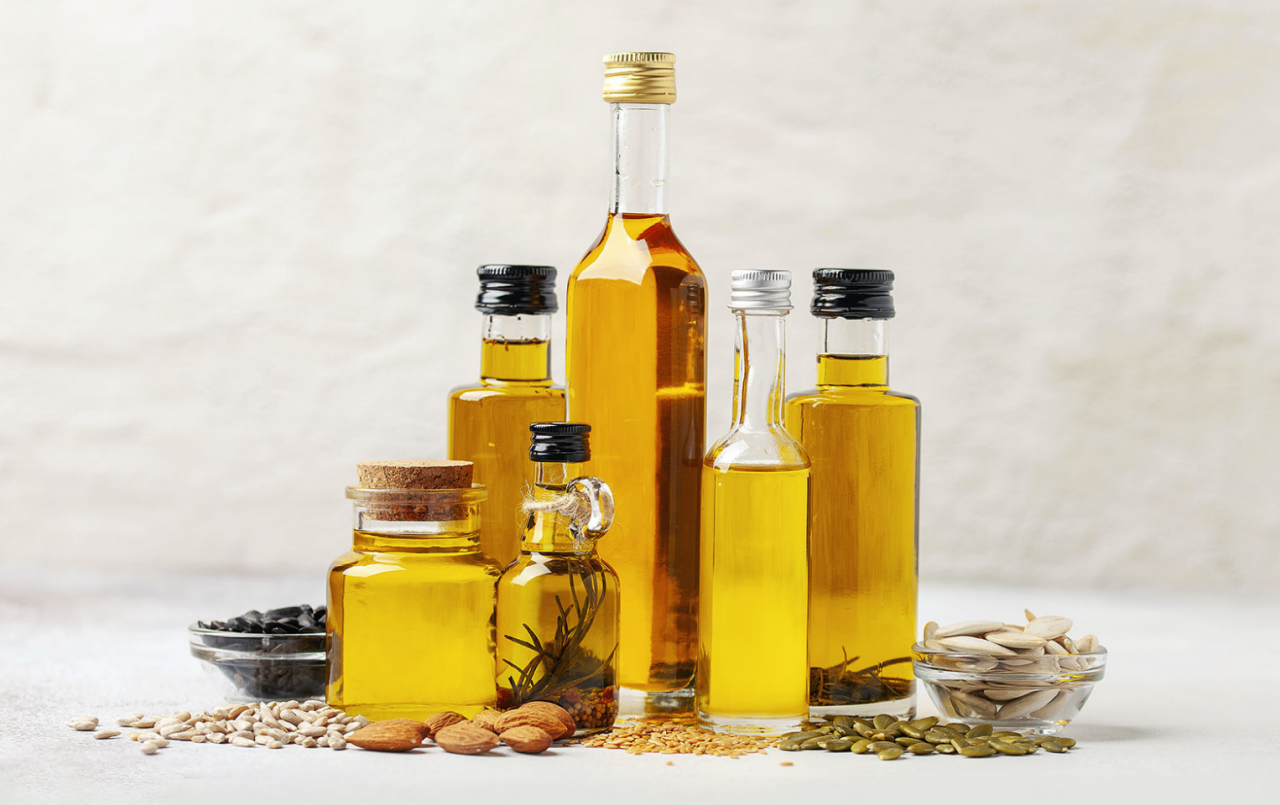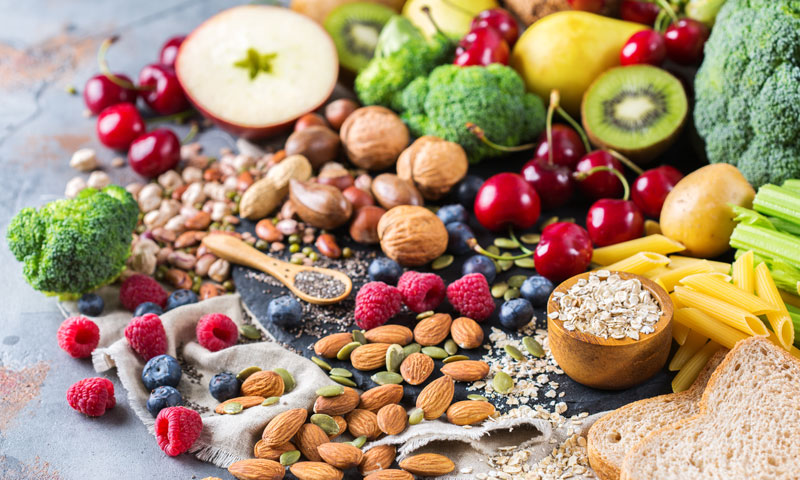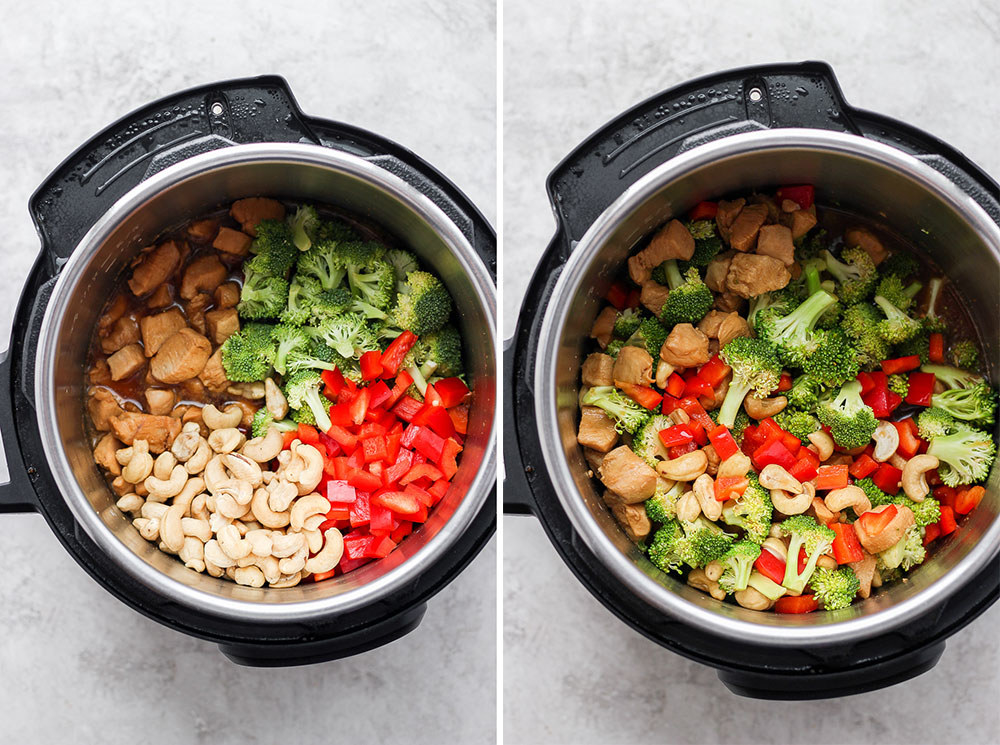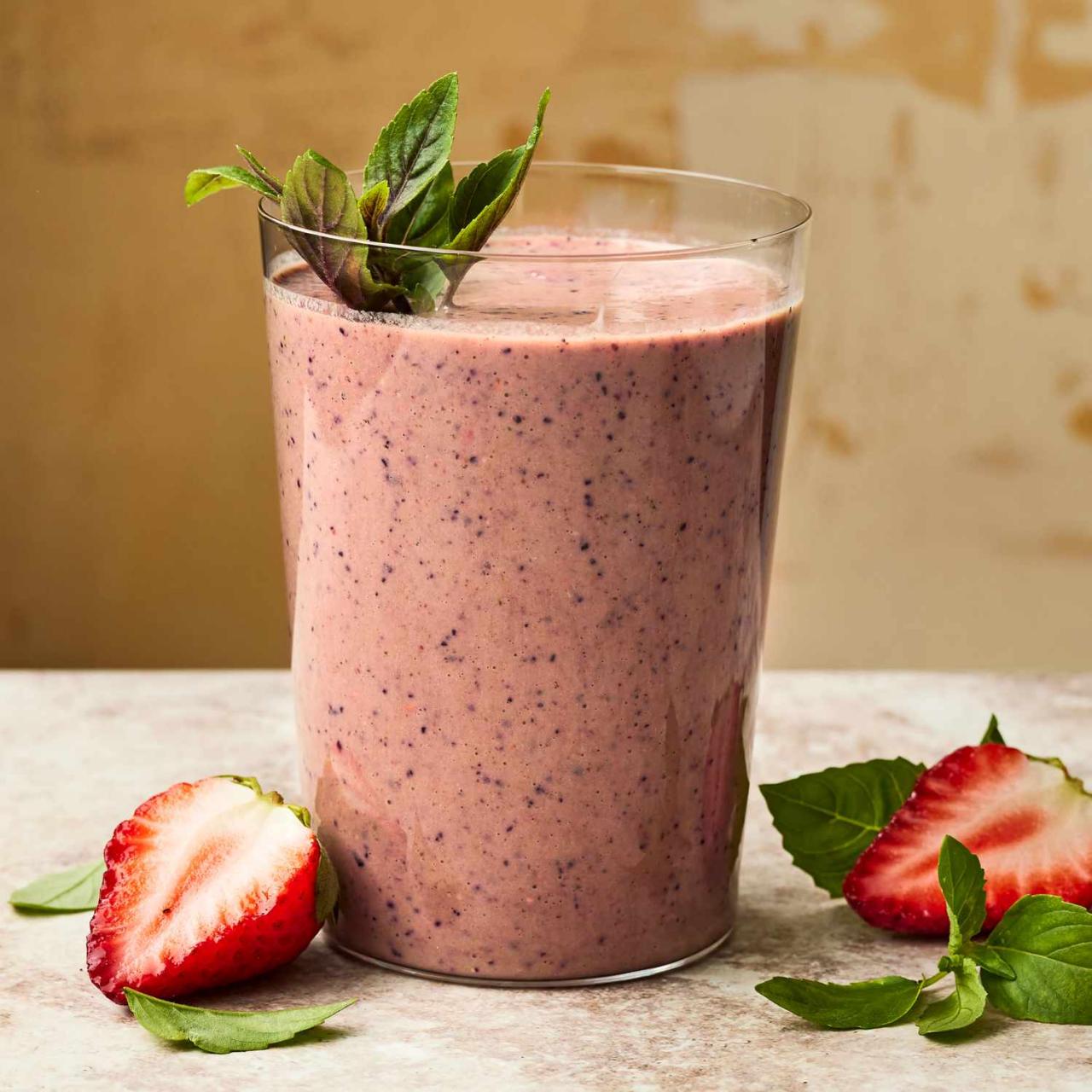In the culinary world, a sharp blade can be a home cook‘s best friend. From chopping onions with precision to creating paper-thin slices of garlic, mastering essential knife skills can elevate your cooking game to new heights. In this article, we’ll delve into the fundamental techniques that every home cook should master to become a kitchen ninja with a knife. Join us as we slice, dice, and julienne our way to culinary bliss.
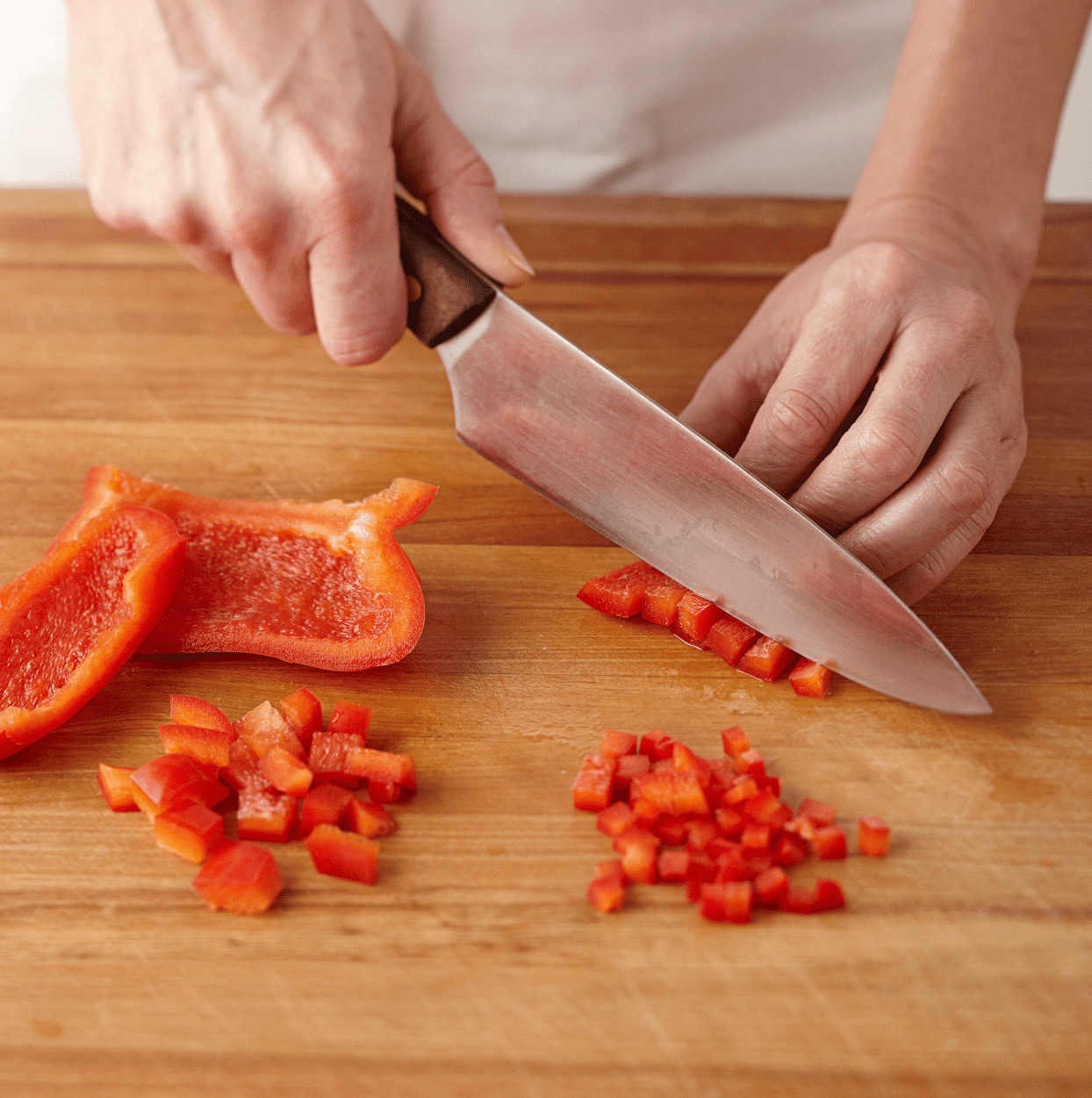
Essential Knife Techniques for Precision Cutting
When it comes to cooking, mastering essential knife techniques is crucial for precision cutting. Whether you’re slicing, dicing, or chopping, knowing how to handle a knife properly can take your culinary skills to the next level.
Here are some key knife skills every home cook should master:
- Hold the knife properly: Grip the knife firmly but comfortably with your dominant hand, using a pinch grip on the blade for better control.
- Use the right cutting board: Opt for a stable cutting board, such as wood or plastic, to provide a secure surface for cutting.
- Practice the claw grip: Use your non-dominant hand to hold the food in place while curling your fingers back to avoid cutting yourself.
- Master basic cuts: Learn techniques like julienne, chiffonade, and brunoise to achieve different textures and shapes in your ingredients.
| Cut | Description |
|---|---|
| Julienne | Cutting vegetables or fruit into thin strips |
| Chiffonade | Rolling and slicing leafy greens or herbs into thin ribbons |
| Brunoise | Dicing vegetables into tiny cubes |
Mastering Knife Grip and Finger Placement
When it comes to mastering knife skills in the kitchen, one of the most important aspects to focus on is the grip and finger placement. The way you hold the knife and position your fingers can make a significant difference in the precision and safety of your cuts.
For a proper knife grip, hold the handle firmly but not too tightly. Your fingers should wrap around the handle with your thumb resting on the spine of the blade for stability. Avoid gripping the knife too close to the blade as this can reduce control and increase the risk of accidents.
When it comes to finger placement, always keep your fingers curled under your hand and away from the blade. This will help prevent accidental cuts and ensure that your fingers are safely out of the way as you chop, slice, and dice. Practice proper finger positioning until it becomes second nature.
Remember, is essential for becoming a confident and efficient home cook. With the right technique, you’ll be able to breeze through meal prep with ease and precision.
The Art of Mincing, Dicing, and Chopping
Mastering is an essential skill for any home cook. Proper knife skills not only make food preparation more efficient but also ensure that your dishes are cooked evenly and look professionally presented.
When it comes to mincing, remember to finely chop ingredients into small, uniform pieces. This technique is commonly used for garlic, herbs, and onions. On the other hand, dicing involves cutting ingredients into small, even cubes. This is perfect for vegetables like carrots, peppers, and potatoes. Lastly, chopping is a rougher cut that creates larger, irregular pieces. It’s great for ingredients like nuts, fruits, and meats.
Whether you’re mincing, dicing, or chopping, always remember to use a sharp knife and proper cutting board to prevent accidents. Practice your knife skills regularly to improve your speed and precision in the kitchen. With time and patience, you’ll become a pro at handling your knife like a chef!
Choosing the Right Knife for Different Tasks
Whether you’re dicing vegetables, carving meat, or slicing bread, having the right knife for the task at hand is essential in the kitchen. Different knives are designed for different purposes, and mastering knife skills can help you become a more efficient and confident cook.
When it comes to , consider the following:
- Chef’s Knife: This versatile knife is a must-have in any kitchen. Use it for chopping, slicing, and dicing fruits, vegetables, and meats.
- Paring Knife: Perfect for peeling and slicing small fruits and vegetables, as well as intricate cutting tasks like deveining shrimp.
- Serrated Knife: Ideal for slicing bread, tomatoes, and other foods with a tough exterior and soft interior.
- Boning Knife: Use this knife to remove bones from meat and poultry, as well as filleting fish.
- Utility Knife: A smaller version of a chef’s knife, great for tasks that are too small for a chef’s knife and too big for a paring knife.
Mastering knife skills is an essential component of becoming a proficient home cook. By honing your technique and practicing regularly, you can elevate your culinary creations to new heights and impress your friends and family with your precision and efficiency in the kitchen. So grab your favorite knife, get chopping, slicing, and dicing, and watch as your confidence and skills flourish with each delicious meal you create. Happy cooking!


